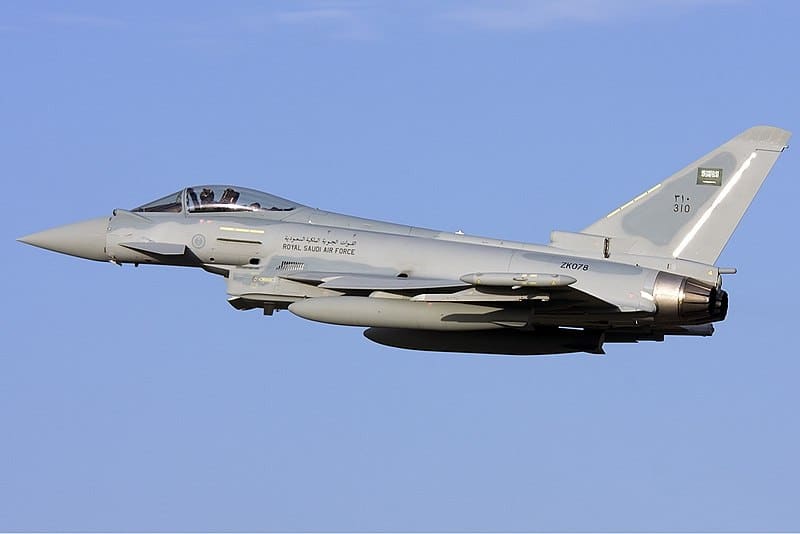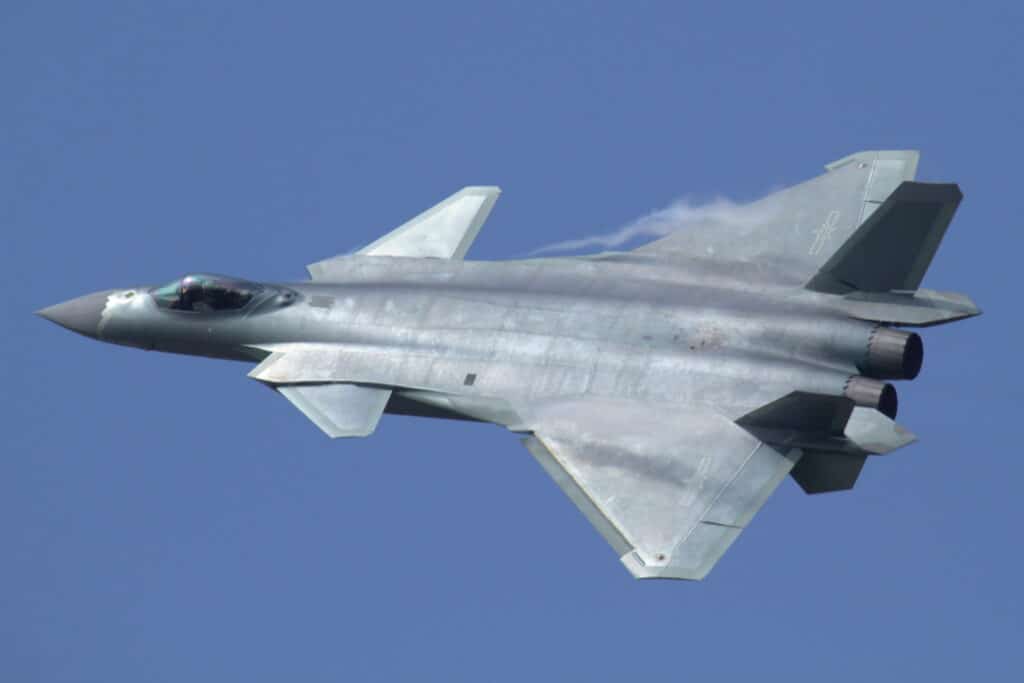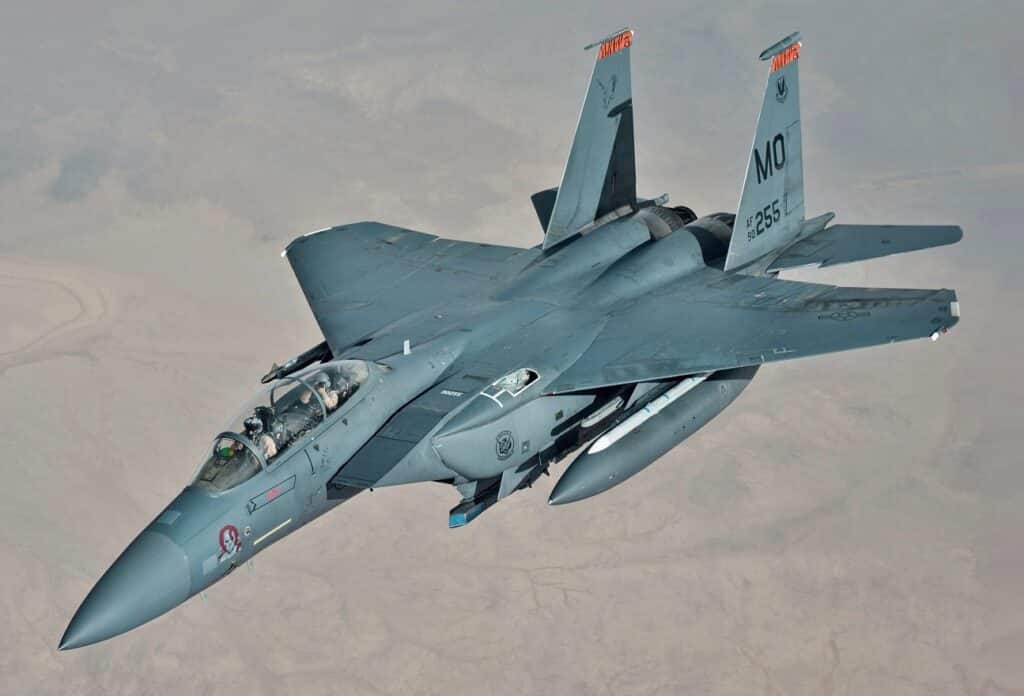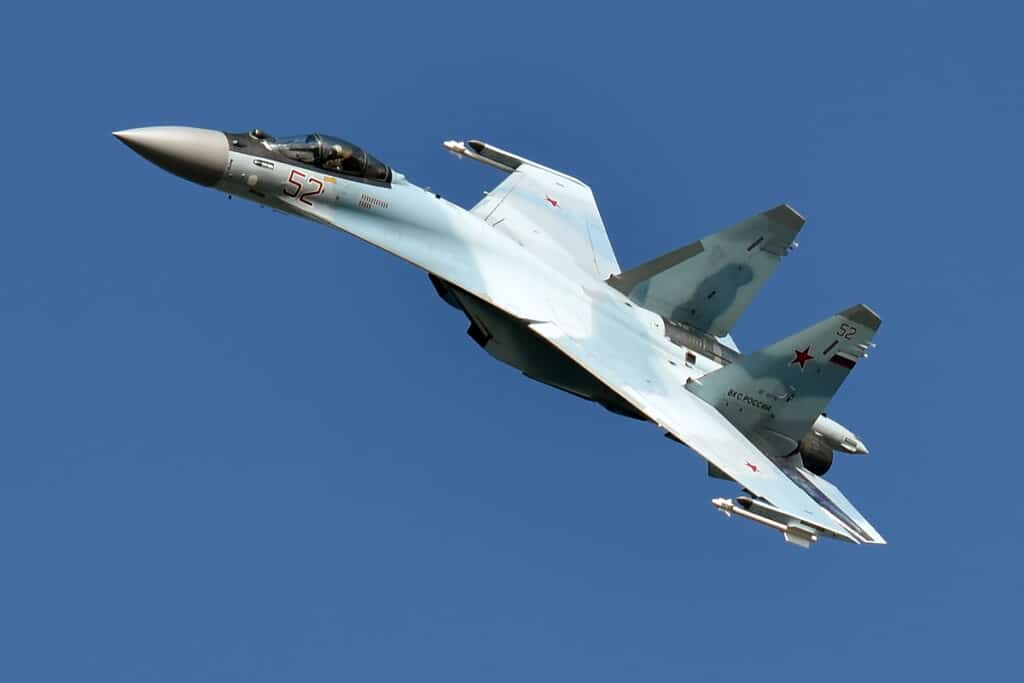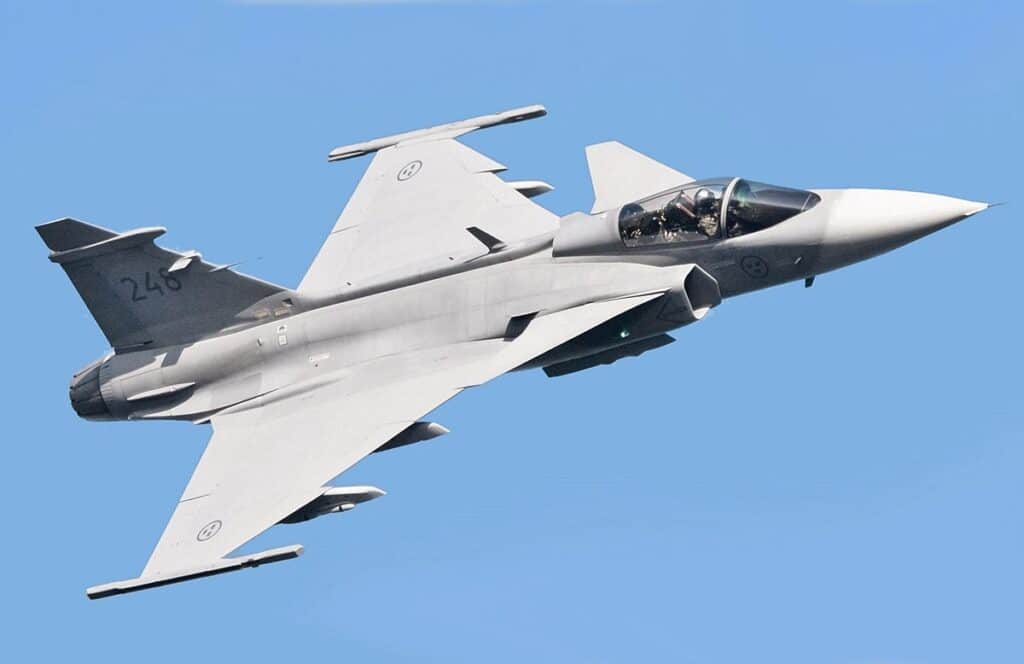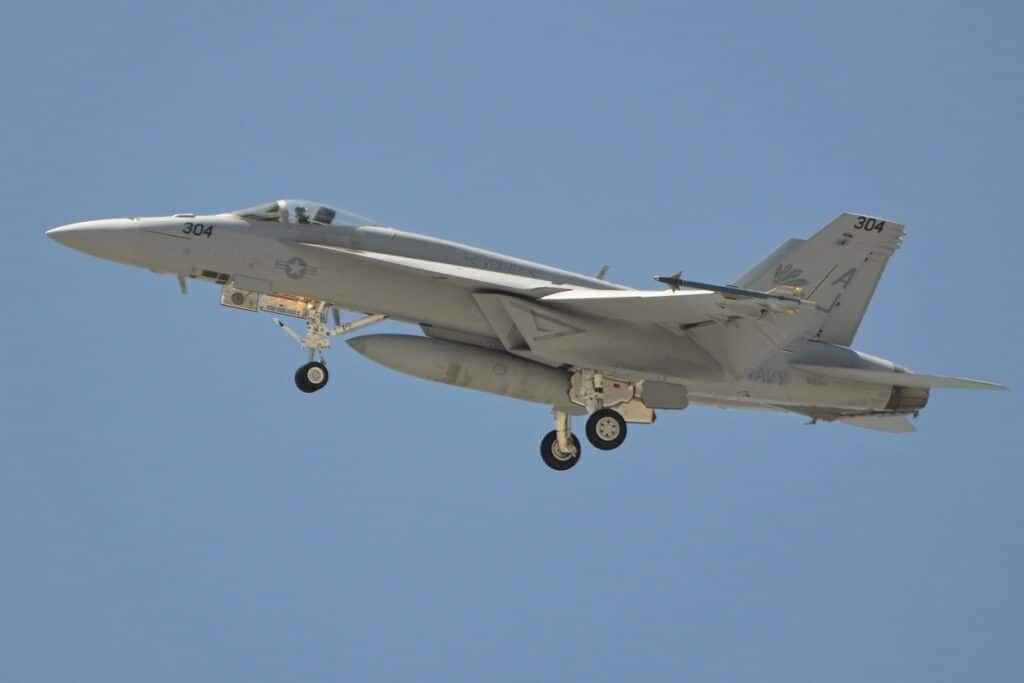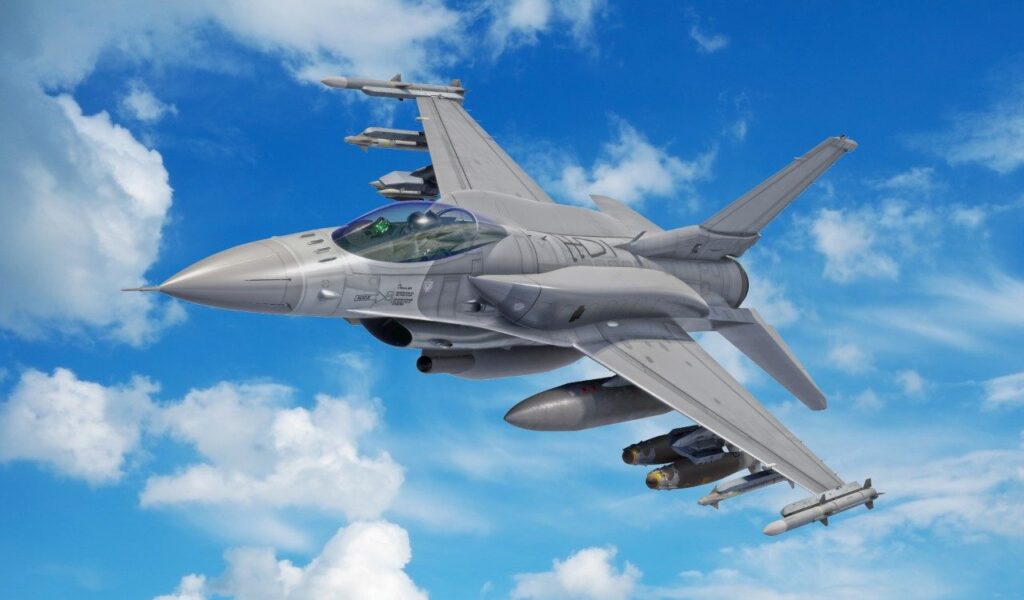Aviation
10 Most Expensive Fighter Jets In The World
Fighter jets are an important part of any country’s defense. Most countries employ the best fighter jets in the world. Few countries have developed the most advanced fighter jets, ranging from 4.5 to 5th generation stealth fighters.
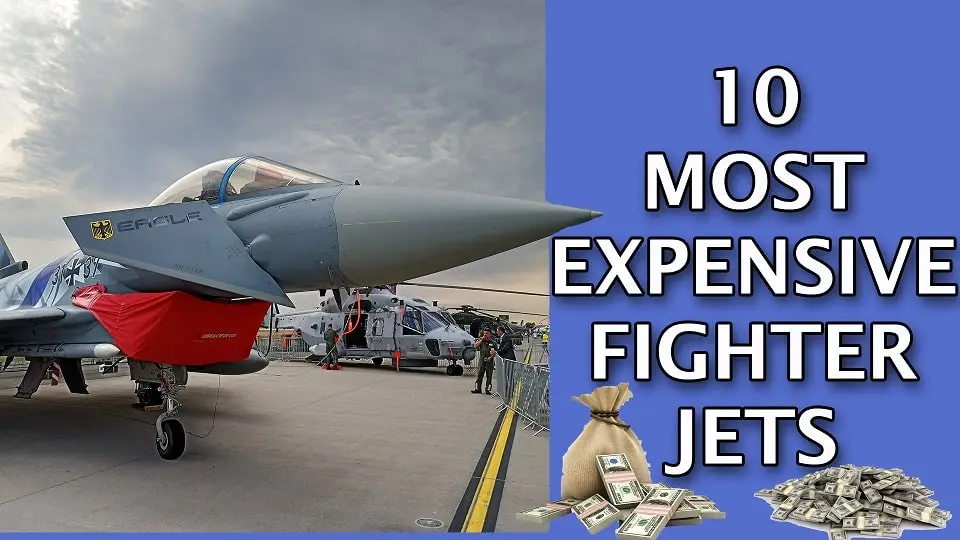
Fighter jets are an important part of any country’s defense. Most countries employ the best fighter jets in the world. Few countries have developed the most advanced fighter jets, ranging from 4.5 to 5th-generation stealth fighters. In this article, we will go over each of the fighter jets and their prices.
1. Lockheed Martin F-35B and F-35C
The most powerful fighter jets are the F-35B and F-35C, despite the fact that their cost has reduced significantly in recent years. They all share little more than 30% of the parts, therefore improving the production of one has an impact on the other.
The less-priced F-35C is the plane model, while the more expensive F-35B is equipped for short take-off and vertical landing (STOVL). The projected price of the F-35B is $135.8 million (Rs 1,024 crore), and the estimated price of the F-35C is $117.3 million (Rs 8,84 crore). This variant is limited to 7 g, whereas The F-35C is limited to 7.5 g.
Fighter jets are important military equipment. Fighters with many of the latest technologies are also a reflection of a country’s military strength. In addition to updated fighter jets, highly skilled and experienced fighter pilots are also indispensable. Fighter pilots have long been known for their intelligence, independence, integrity, courage, and patriotism.
If we want to express our gratitude to them, a military challenge coin with a prototype fighter jet and the name of the pilot is the perfect gift. These challenge coins are of exquisite quality and durable and can commemorate this great honor forever. Welcome to GS-JJ to learn more about military coins.
2. Eurofighter Typhoon
It is a twin-engine, multi-role aircraft, with the first series being made available in 2003. Another European fighter jet that can cost up to $50 million to buyers in the European Union, the Eurofighter Typhoon is the most technologically advanced swing-role combat aircraft in the world. However, the export price is substantially higher.
In 2018, Airbus would have sold India up to 138 million euros worth of Eurofighters, which is still less than what was spent for Rafales. The most recent versions of the Eurofighter and Rafale are Tranche 4 and F3-R, respectively. The fighter jet’s simultaneous air-to-air and air-to-surface capabilities are deployable. The Estimated cost is $124 million (over Rs 930 crore).
3. Dassault Rafale
The most potent fighter jet in France, the Dassault Rafale, is among the best and most potent in the world. The French government has produced about 237 Rafales. In its airbase, India owns 26 Rafale aircraft, almost four years after India and France signed an intergovernmental deal to purchase 36 of the aircraft for Rs 59,000 crore, the first batch of the five Rafale planes arrived in India. India increased nearly the price of a single Rafale, which was roughly Rs 1,638 crore ($115 million), by paying that much (over Rs 862 crore).
4. Chengdu J-20
It is a single-seat, multipurpose fifth-generation stealth fighter. The J-20 is not for sale because China has never meant to export its primary weapon. The Shenyang FC-31, a fifth-generation fighter jet with a price that is currently unknown but estimated to be approximately $100 million (750 cores) may be made available to the worldwide market in the very near future.
5. McDonnell Douglas F-15E Strike Eagle
The F-15EX, its most recent variation, provides evidence of this. Although it is less expensive than the more sophisticated 5th generation aircraft, it is anticipated to replace the previous C and D models and offers best-in-class payload, range, and speed. Because the aircraft is more expensive than the F-35A, this accessibility is mostly caused by operating costs.
However, The Strike Eagle has been deployed for military operations in Iraq, Afghanistan, Syria, and Libya, among others. During these operations, the strike fighter has carried out deep strikes against high-value targets and combat air patrols, and provided close air support for coalition troops. . The F-15EX is an appealing aircraft for many nations because of the F-15. It will cost an average of $87.7 million (over Rs 652 crore).
6. Sukhoi Su-35
The Sukhoi Su-35 is the designation for two improved derivatives of the Su-27 air-defense fighter. They are single-seat, twin-engine, super maneuverable aircraft, designed by the Sukhoi Design Bureau and built by the Sukhoi.
The Su-34 and Su-30 (as well as their numerous versions) are more than twice as affordable as the Su-35, despite the Su-33 and Su-37 not being for sale. This explains why Russia has had trouble finding a buyer for this aircraft, and while some nations are allegedly interested – aside from China and Egypt, which have already purchased some – the Su-30 and the estimated cost of $85 million(Rs 637 crore).
7. Saab JAS 39 Gripen
One of the least expensive new 4 or 4.5-generation combat fighters on the market is the Swedish JAS 39 Gripen, C, and D variants, which are light single-engine multirole fighters produced by the Swedish aerospace manufacturer Saab AB. A single aircraft may cost as much as $30 million.
The latest JAS 39 generation was projected to cost more than $100 million in 2012. Only recently has Saab been able to lower the price, and as a result, the Gripen is once again a sought-after aircraft on the global market. This fighter jet’s estimated price is $85 million (over Rs 637 crore).
8. Lockheed Martin F-35A
The most expensive weapon system ever, and while Lockheed Martin has managed to lower the cost of a single ready-to-use F-35A to less than $80 million, that cost is just the top of it. The newest American jet has some of the most expensive running costs in the world, making it relatively inexpensive to purchase but extremely costly to operate. $77.9 million( Rs 577 crore) was the estimated cost.
9. Boeing F/A-18E/F Super Hornet
Major avionics and weapon system upgrades are included in the most recent F/A-18 modification, the Block III configuration. The Super Hornet’s price also increases, but it brings it into step with the newest generation of 4.5 fighters.
The EA-18G Growler, the most expensive model of this aircraft, is too specialized to be compared to standard fighter jets even though it can be outfitted with both air-to-air and air-to-ground weapons. The estimated price of this fighter jet is $67.4 million (over Rs 502 crore).
10. Lockheed Martin F-16 Block 70/72
Meet the F-16 Block 70/72, the newest and most technologically advanced F-16 with brand-new features based on the cutting-edge F-16V configuration. It offers a new airplane structure with a 50% longer lifespan than the F-16s produced previously.
The F-16 was developed to be a more maneuverable, lightweight, and cost-effective jet fighter than the F-15. The most modern models are quite expensive, but the earlier ones cost roughly $30 million each, which is less than the vast bulk of modern fighters.
A top-of-the-line jet based on the venerable F-16 fuselage is anticipated to cost $64 million (over Rs 480 crore)which gives an idea of how much they may cost from the price of a single F-16 Block 70 aircraft.
More check-out sections of the tags.
best fighter jet in the world, best fighter jets in the world, best fighter jets, best fighter jet, most advanced fighter jets, the best jet fighter in the world, top ten fighter jets, best American fighter jets, best jet fighters, most powerful fighter jet, most advanced military aircraft.


Aviation
South Korea Introduces Cutting-Edge MRO Center for F-35 and IAI

South Korea is set to make waves in the aerospace industry with the establishment of a cutting-edge Maintenance, Repair, and Overhaul (MRO) hub for F-35 fighter jets and IAI (Israel Aerospace Industries) aircraft.
Central to this initiative is the specialization in converting Boeing 777-ERSF, colloquially known as the “Big Twin,” from passenger to freighter configurations. Under the terms of the agreement, IAI will spearhead the conversion of six B777-300ER and B777-200LR aircraft annually, commencing in 2024. This strategic move is in response to the anticipated surge in demand for wide-body freighter aircraft capable of long-haul flights.
Furthermore, South Korea’s forward-looking vision extends beyond aircraft conversion, with plans to establish a Lockheed Martin F-35 maintenance, repair, and overhaul depot at Cheongju Air Base by 2027. This strategic move not only enhances the operational readiness of South Korea’s air force but also positions the nation as a regional hub for F-35 maintenance expertise.
In preparation for this expansion, thirty Republic of Korea Air Force (ROKAF) engineers and technicians are slated to undergo intensive maintenance training in the United States in 2025, a testament to South Korea’s commitment to fostering local expertise and talent.
IAI’s visionary approach to certification and collaboration underscores the potential for transformative change. With plans for the 777-300ERSF certification process set to unfold in Israel, followed by the rigorous scrutiny of regulatory agencies such as the US Federal Aviation Administration (FAA), the stage is set for the ‘Big Twin’ to soar to new heights of success.
In partnership with esteemed entities like STK and Incheon International Airport Corporation, this collaboration promises to unleash a wave of benefits, amplifying the resilience and competitiveness of the Korean aviation sector while catalyzing job creation and economic prosperity.
Aviation
Lockheed Martin Expresses Interest in Joining AMCA Project

Lockheed Martin, a leading global aerospace and defense company, is demonstrating its dedication to strengthening collaborations with India’s research, industry, and academic sectors. With its rich experience in the aerospace industry and renowned for building some of the world’s most advanced jets, Lockheed Martin is now exploring opportunities to contribute to India’s aerospace sector, potentially providing a significant boost to aerospace technology in the country.
Randy Howard, Vice President of Global Pursuits at Lockheed Martin Aeronautics, recently underscored their interest in exploring “advanced transfer of technology opportunities” with Indian partners, signaling a proactive approach towards fostering technological exchange and advancement in the aerospace domain.
India has been at the forefront of fighter jet development since the 1970s, having produced its own cost-effective fighter jets and combat helicopters, while continually upgrading to maintain competitiveness on a global scale.
Lockheed Martin stands as a dominant force in the aircraft industry, renowned for developing cutting-edge planes like the F35 and F22, some of the most advanced fighter jets globally. They’ve also contributed to projects like the South Korean KF21 aircraft for defense purposes through collaborations.
Now, Lockheed Martin has set its sights on India’s defense sector manufacturing processes, expressing interest in partnering with India on its most anticipated project, the Advanced Medium Combat Aircraft (AMCA), likely to be a 5th generation fighter jet for the Indian military.
Their proposed collaboration could involve a spectrum of advanced technologies, including the Auto Ground Collision Avoidance System (Auto GCAS), a life-saving technology that intervenes to prevent ground collisions, thus significantly enhancing flight safety for Indian pilots.
Lockheed Martin is extending its expertise to design and develop an indigenous cockpit for the F-21 fighter jets, which India is procuring. This collaboration with Tata also includes the development of fighter jet wings. Established in 2023, this partnership adopts a “Ground Floor Design” strategy aimed at equipping India with an in-depth comprehension of 5th-generation cockpit technology and Man-Machine Interface (MMI) systems.
As India’s Fighter jet program advances with finalized aircraft frame and engine prototypes, Lockheed Martin has expressed interest in joining the project. They see a groundbreaking opportunity in cooperative 5th Generation Fighter Development, potentially expediting the AMCA program’s progress through technology and expertise sharing.
Furthermore, Lockheed Martin is keen on collaborating on large-wing, jet-powered UAV platforms, which could enhance India’s unmanned aerial capabilities.
While discussions are ongoing, and specific collaboration details await finalization, this initiative represents a potentially transformative stride in India’s aerospace self-reliance journey and Lockheed Martin’s strategic engagement with the Indian market.
Aviation
Can Airline Seat Cushions Be Used As Life Jackets?

In the event of an aircraft ditching into water, there’s a common question: Can aircraft seats serve as an alternative to life jackets for flotation? The answer lies in understanding their respective functions.
While seat cushions can provide some buoyancy in water, they are not intended nor certified to function as life jackets. Their primary purpose is to offer cushioning for passengers during flight. On the other hand, life jackets are meticulously engineered to keep individuals afloat in water, equipped with buoyancy materials, secure straps, and reflective elements for visibility. They offer numerous advantages over mere cushions.
While a seat cushion might offer temporary assistance in staying afloat, it’s not a dependable substitute for a proper life jacket during an emergency. It’s crucial to utilize approved safety equipment when near bodies of water. A life jacket, designed to keep a person buoyant for extended periods, offers the rigidity needed for prolonged flotation and allows for easy movement of the arms to navigate effectively.
What fabric is used in aircraft seats?
Seats are meticulously designed to fulfill multiple purposes, ensuring passenger comfort, safety, and protection from unforeseen circumstances like fires and accidents. A typical design incorporates an aluminum frame with blocks of polyurethane foam affixed to it. Additionally, a layer of fire-resistant fabric, such as Kevlar or Nomex, is often applied over this framework, topped with a layer of cloth or leather.
Leather seats, while luxurious, are more expensive compared to traditional cloth seats. The majority of fabrics used in seat upholstery contain at least 90% wool fiber, with the remainder typically consisting of polyamide (nylon). Wool stands out as the primary fiber chosen for commercial airline seating fabric due to its desirable properties and suitability for such applications.
What is the lightest economy seat?
In recent times, airlines have been downsizing seat dimensions to accommodate more passengers, resulting in reduced cushion length and leg space. This contrasts with earlier times when airlines offered more generously cushioned seats and ample amenities.
According to Recaro Seats Company, their SL3710 model represents the lightest economy class seat available, weighing in at a mere 8 kg (17.6 lb.), setting a new standard in aircraft seating.
For individuals weighing more than 350 pounds, fitting into a standard economy-class seat can be a challenge due to the narrower dimensions. Economy seats, also referred to as “coach,” “standard,” or “main cabin” seats, typically range from about 40 to 48 centimeters in width, further emphasizing the need for more accommodating seating options.

